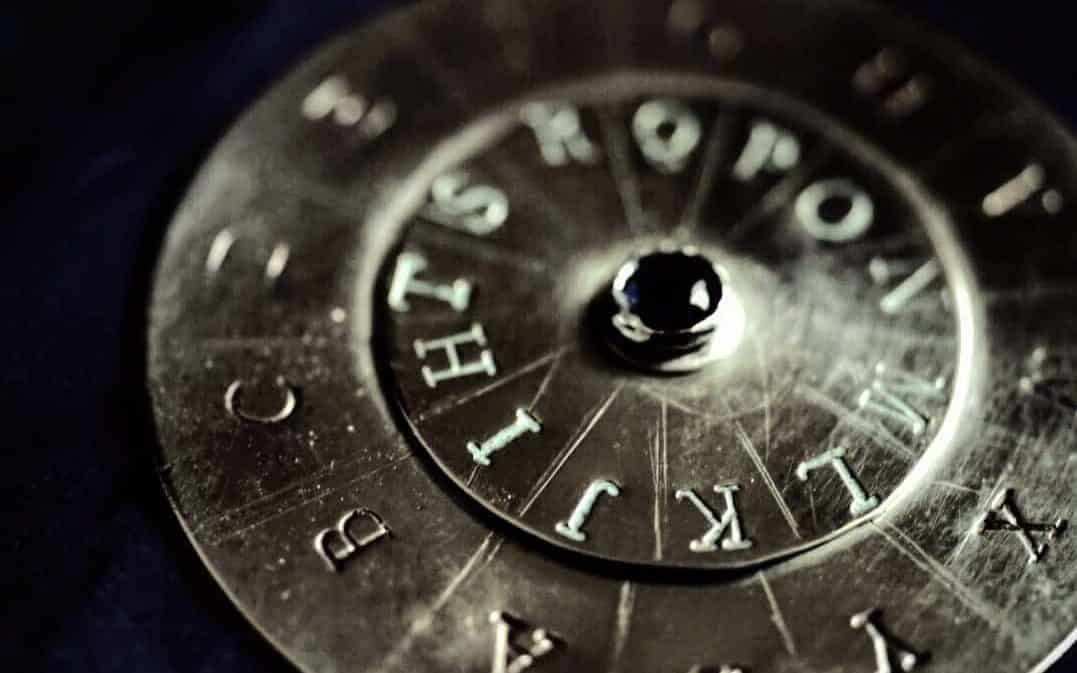Quick guide to understanding Windows Version Numbers

We refer to Windows versions using lots of different words and numbers, so after noticing a minor change in WinVer.exe’s display in the latest Windows 10 release, I thought I’d use the opportunity to break down some of the versioning vocabulary and provide the Registry locations where the various bits of info can be found, following the two example screenshots below:

All the labeled information in the first screenshot above (and the screenshot further below) can be read from the Registry at key HKLM\SOFTWARE\Microsoft\Windows NT\CurrentVersion, as detailed here:
1 & 2: these are the operating system’s Name & Edition, respectively. Editions include Enterprise, Professional, Home, etc. for Windows 10, and Essentials, Standard, and Datacenter for Windows Server (currently). The name and edition are found together in the single Registry entry ProductName at the above key.
3: up until Windows 10 2004, also known as 20H1, and in all current Windows Server versions, this number, which WinVer labels Version, is more commonly known and understood as the Feature Release. It has, up to this point, always had the format YYMM, denoting the approximate year and month of its release. It can be obtained from the Registry entry ReleaseId at the same key. (See further below for a change in what WinVer displays here in Windows 10 2009, aka 20H2, and presumably in future releases).
4: this is the Windows (primary) Build number. It has to this point never changed within the lifetime of a given feature release, so it is essentially a synonym for it. It can be read from the Registry entry CurrentBuildNumber at the same key.
5: this appendage to the primary Build number is called the Update Build Revision, or UBR. It denotes the latest cumulative update or other significant update applied to the OS, and changes at least monthly on machines that are kept up-to-date. It can be read from Registry value UBR (yes, at the same key). Note from the screenshots that CMD’s Ver command also displays the Build and UBR numbers.
The next screenshot shows the change (alluded to earlier) in WinVer’ s display in Feature Release 2009/20H2:

6: this item seems to represent a possible shift away from referring publicly to Windows feature releases via their YYMM-format name (possibly because of releases “2004” and “2009” sound like we’re going back in time?), and in this case at least uses the format YYH# to denote the year and “half” (1 or 2). It can be read from the Registry as the brand new entry DisplayVersion (yes, yes, same key!) Note that the YYMM ReleaseId entry still exists, it’s just no longer displayed by WinVer.
There it is, ending the year with the least inspiring blog post in human memory. 2020 deserves it! 😉
JB
Follow Jacques Bensimon on Twitter @JacqBens for more great Windows insights and tricks.

